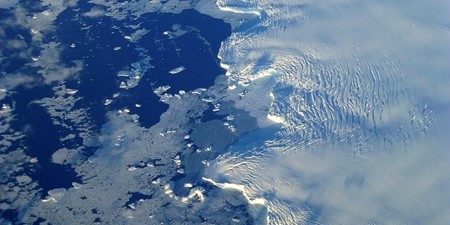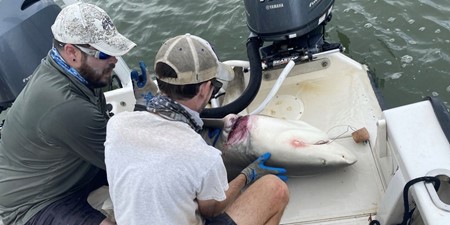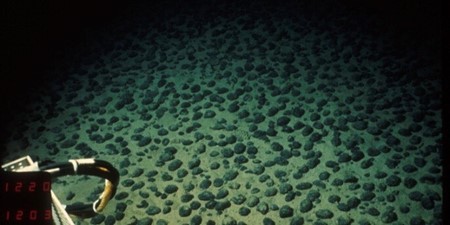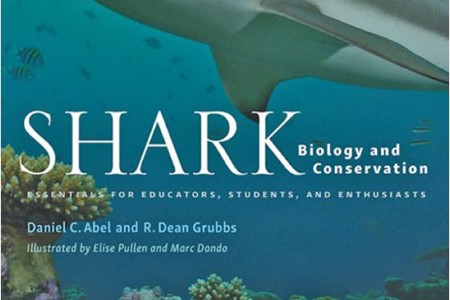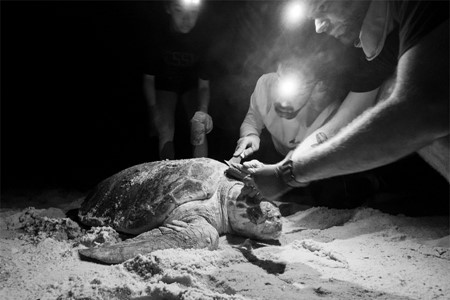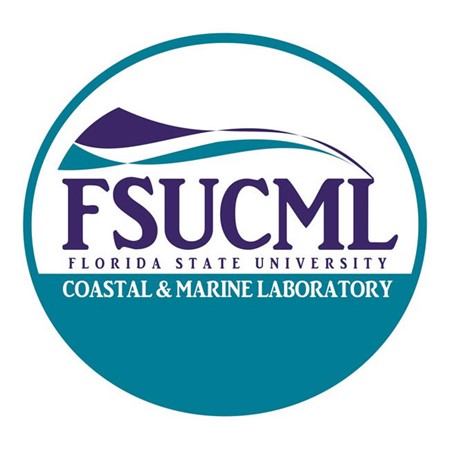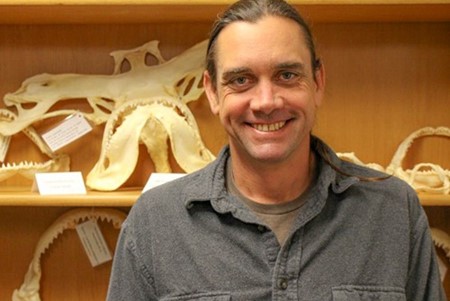NOAA Fisheries has officially announced the final rule implementing Amendment 9 to the Fishery Management Plan for Coral and Coral Reef Resources in the Gulf of Mexico – effective November 16, 2020.
Dr. Ingels Releases New Paper on Changing Polar Ecosystems
After three years of research, analysis and collaboration, Dr. Ingels and a team of international scientists have released their latest study, “Antarctic ecosystem responses following ice-shelf collapse and iceberg calving: Science review and future research." Picture Credit: NASA Goddard Space Flight



